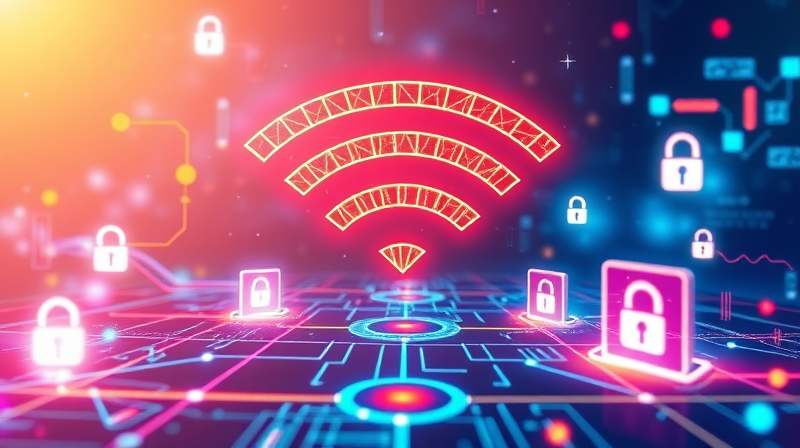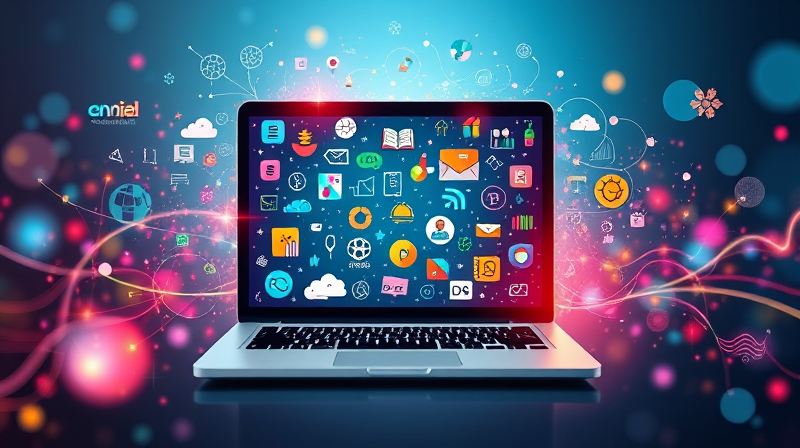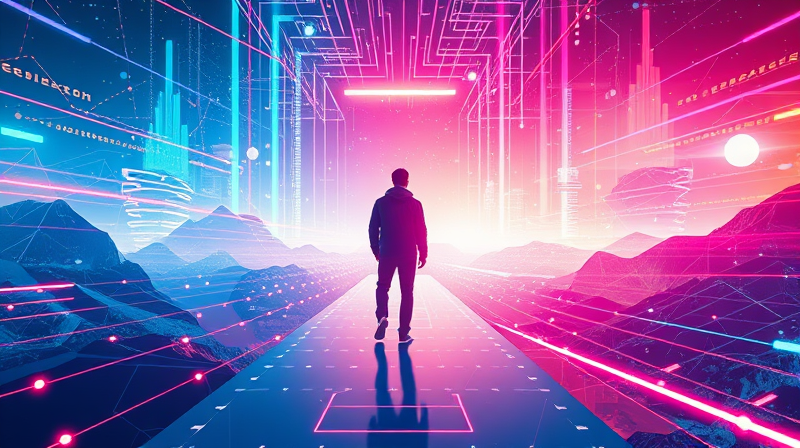In a rapidly evolving digital world, achieving balance becomes more crucial than ever. Technology, with the power of artificial intelligence and automation, has redefined our work and personal lives, creating opportunities for increased flexibility and efficiency. Understanding the benefits and challenges of this always-connected era is essential for creating a healthy tech-life balance that nurtures both professional success and personal well-being.
Modern tools such as wearable devices, mental health applications, and telehealth services are reshaping how we approach wellness. These tools help in monitoring our physical and mental health and assist us in scheduling our day-to-day activities. They also serve as an ideal counterbalance to the high demands of our digitally driven work culture.
Embracing Technology for Greater Flexibility
The evolution of technology in the workplace has brought about significant changes. AI-driven solutions now streamline routine tasks, enabling workers to concentrate on creative and strategic projects. This shift not only boosts productivity but also contributes to a sense of personal fulfillment. The ability to manage work schedules with precision allows individuals to allocate time for self-care, hobbies, and family, truly redefining the concept of a balanced life.
Remote and hybrid work has become a mainstay, offering employees flexibility that was previously unimaginable. With the ability to customize workspaces and schedules, many professionals are experiencing reduced stress and improved overall health. However, this same flexibility calls for a disciplined approach to avoid the pitfalls of overwork and burnout.
Remote work provides the luxury of time, mostly by eliminating long commutes and allowing individuals to focus on what really matters. It is important, though, to set boundaries and maintain clear distinctions between work hours and personal time. By doing so, one can benefit from increased productivity without trading off the quality of personal life.
Combatting Technostress with Digital Detoxes
While continuous connectivity enhances access to work and information, it also introduces the risk of technostress. This term describes the feeling of being overwhelmed by incessant digital demands. Implementing digital detox strategies is a vital step in combating this modern dilemma. By scheduling regular breaks from screens and devices, individuals can disconnect from work pressures and reconnect with personal interests and loved ones.
Digital detoxes are not just about logging off; they are about reclaiming control over one's time and mental space. Engaging in mindful practices such as meditation, reading, or simply enjoying outdoor activities can greatly improve one's mood and mental health. This kind of periodic disconnection is essential in countering the negative effects of continuous digital engagement.
Flexible Work: A Gateway to Improved Well-Being
Flexible work arrangements, such as remote work, have shown remarkable benefits in various studies. Surveys indicate that a significant majority find that flexible schedules contribute to an improved work-life balance, enhanced physical health, and better mental well-being. This modern approach to work is paving the way for a healthier lifestyle, where professional aspirations coexist harmoniously with personal fulfillment.
Setting clear boundaries is key to making this flexibility work. It is important to establish predictable routines, such as designated work hours and specific areas for work within the home. Proactive communication with employers and colleagues about availability and work limitations ensures that these boundaries are respected, thus preventing overworking and its associated stress.
Navigating Generational Differences
Work-life balance is a concern that transcends age; however, different generations approach it with varied attitudes. Millennials and Gen Z, for instance, are especially vocal about their desire for flexible and supportive work environments. Their preference for an adaptable work schedule often translates into a search for roles that allow them to maintain a satisfying balance between career ambitions and personal life.
Statistics reveal that a notable portion of young professionals has chosen to leave jobs that do not align with their expectations for work-life balance. In contrast, older generations may endorse a more traditional approach, yet the universal need for flexibility remains a pivotal aspect of fostering a productive and content workforce.
Strategies to Achieve a Healthy Balance
Achieving a harmonious tech-life balance is possible with the right strategies. Here are some practical steps:
- Set clear boundaries: Define specific work hours and adhere to them strictly to prevent work from encroaching on personal time.
- Leverage technology wisely: Use productivity and wellness apps to streamline tasks and monitor health without becoming overly dependent on continuous connectivity.
- Prioritize physical and mental health: Incorporate regular exercise, mindfulness, and adequate rest into your daily routine to maintain overall well-being.
- Practice digital detox: Dedicate portions of your day to be completely device-free, allowing time for hobbies, deep thinking, and quality time with loved ones.
- Communicate your needs: Advocate for flexible work policies and emphasize the importance of mental health with employers to cultivate a supportive work environment.
Implementing these strategies can lead to a balanced, fulfilling life where technology serves as an aid rather than an overwhelming burden. It requires discipline, clear communication, and a commitment to self-care.
In conclusion, the digital revolution brings both tremendous opportunities and significant challenges. By acknowledging the benefits of technological advancements and addressing the pitfalls such as technostress, individuals and organizations alike can foster environments that promote well-being and productivity. Embracing flexibility, setting boundaries, and periodic digital detoxes are instrumental in achieving a sustainable balance between work and personal fulfillment.
The journey to a healthy tech-life balance is ongoing and requires continuous evaluation of one's priorities and habits. With a proactive mindset, you can harness the power of technology while also preserving the essential human aspects of life, ensuring a future filled with success, wellness, and happiness.








